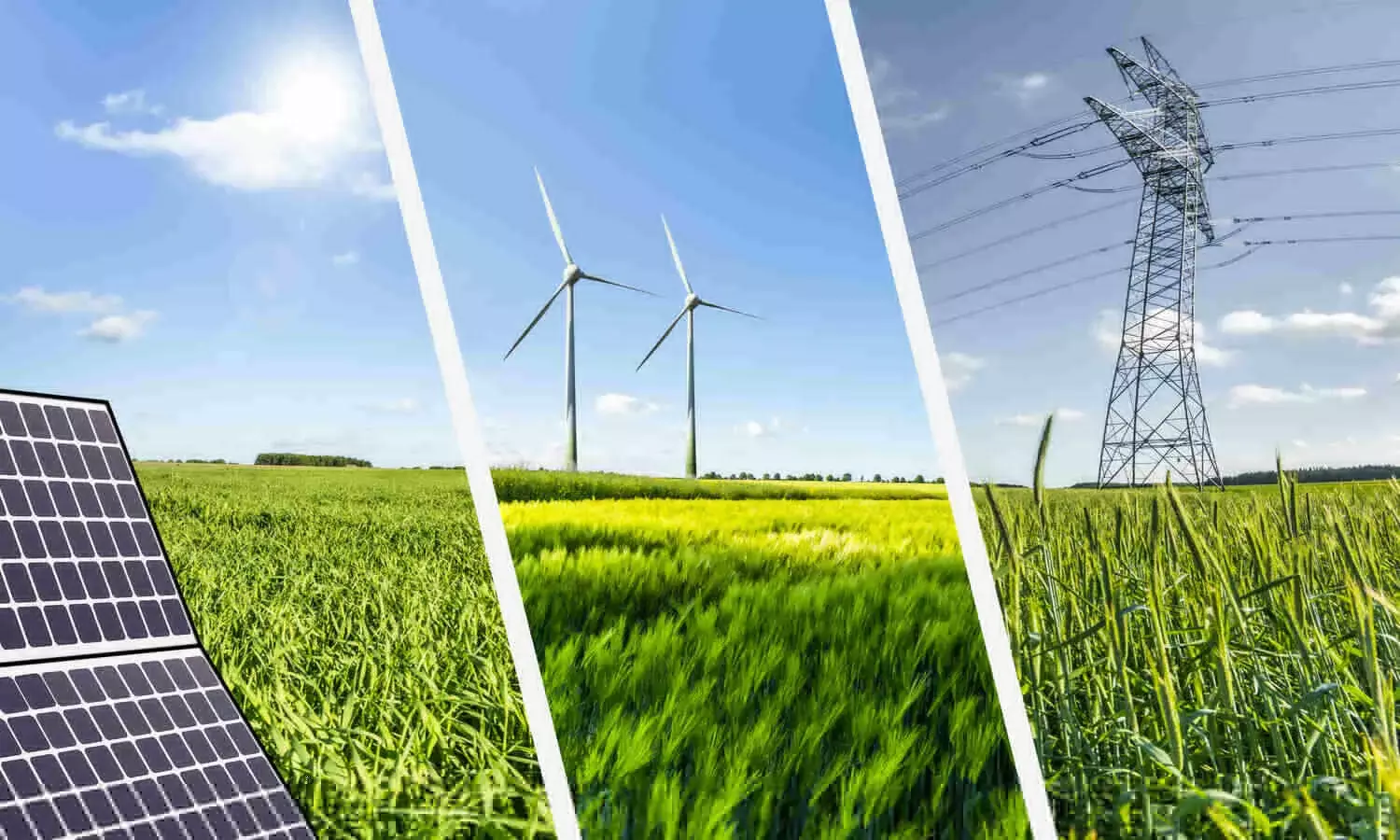Geologists whitethorn request to travel up with a caller mentation for the sources of volcanic enactment successful places similar Iceland and Hawaii
Earth 6 January 2022By Alex Wilkins
Hawaii’s Kilauea volcano erupting successful 2018 U.S. Geological Survey via Getty Images
The plumes of stone feeding Earth’s volcanic hotspots are overmuch cooler than antecedently thought, suggesting that geologists request to travel up with a caller mentation for the sources of volcanic activity successful places similar Iceland and Hawaii.
Volcanic hotspots are unconnected to volcanic regions astatine the boundaries of tectonic plates. They are thought to beryllium fed by blistery plumes of stone from heavy successful Earth’s mantle, which person expanded and risen due to the fact that of precocious temperatures.
But Carolina Lithgow-Bertelloni astatine the University of California, Los Angeles, and her colleagues person recovered that a fig of these hotspots are being fed by comparatively acold material, which suggests that different dynamics whitethorn beryllium astatine work.
“We’re not saying these aren’t hotspots; we’re saying yes they are, but determination are antithetic mechanisms that assistance them rise,” says Lithgow-Bertelloni. ”You whitethorn inactive person somewhat lukewarm worldly that comes up, but it’s not coming up each from extent and each successful the aforesaid way; it’s being aided by different processes successful the mantle.”
Calculating the somesthesia beneath volcanic hotspots is difficult. The precocious mantle tin beryllium anyplace from 250 to 600 kilometres deep, ruling retired nonstop access. Lithgow-Bertelloni and her squad measured the velocity of seismic waves travelling underneath volcanic hotspots and inferred temperatures based connected a exemplary of the stone make-up.
The researchers past compared these temperatures with the comparatively acold volcanic regions beneath ridges, astatine tectonic boundaries. According to classical theory, the plumes request to beryllium betwixt 100°C and 300°C hotter than ridges to rise.
But much than fractional of the hotspots the researchers studied were little than 100°C hotter than ridges. Almost a sixth of the hotspots were fundamentally cold, meaning they were nary much than 36°C hotter than ridges.
“You wouldn’t expect precise debased somesthesia excesses, due to the fact that that means you’ve got precise small driving unit for the happening to blob up and emergence successful the archetypal place,” says Oliver Shorttle astatine the University of Cambridge.
The survey recovered that the ratio of helium isotopes differed betwixt acold and blistery hotspots, which suggests that they whitethorn travel from antithetic parts of the mantle. Understanding the differences betwixt antithetic volcanic hotspots, and what lies beneath them, could archer uncover the past and improvement of Earth’s tectonic plates.
Journal reference: Science, DOI: 10.1126/science.abj8944
More connected these topics:










 English (US) ·
English (US) ·